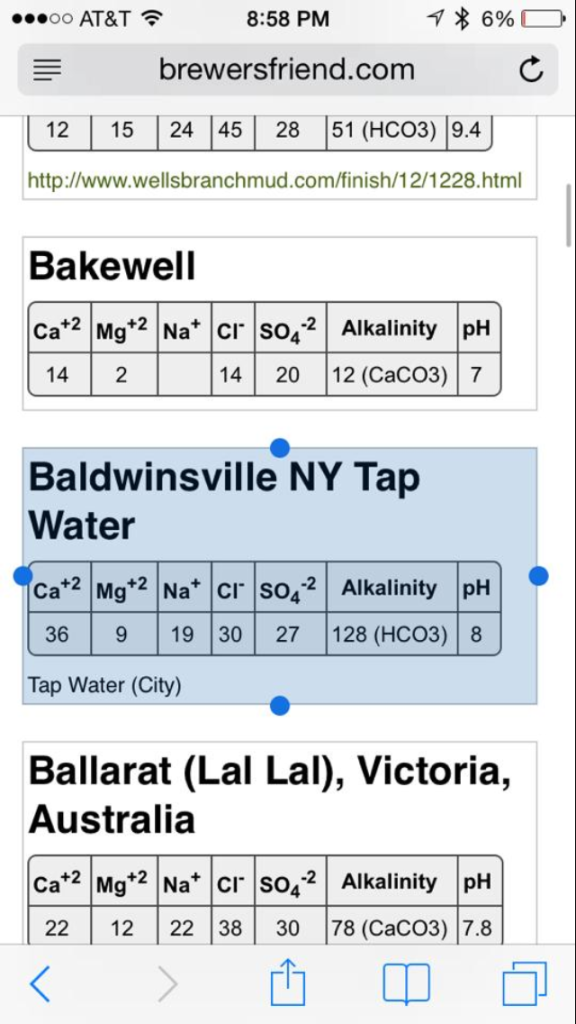Adirondack47
Active Member

Im about 6 batches into this madness we call home brewing and am starting to pay more attention to my water. I had begin to notice that the first few batches of IPA that I made had great aroma coming out of the carboy but lost most of their hop character (or became muddled) and took on a notable astringency that made the beer just blah a 5-6 weeks after bottling. I didn't know why at the time but my batch of saison (w/acidulated malt) as well as my coffee stout (lots of dark malt) were notably better than any of the batches of IPA that I made. I know there's a number of other factors that could be to blame but Ill address those at a later point in time, I just want to focus on water here.
I also switched to BIAB a few batches ago which introduced some efficiency and conversion issues which has brought me to the point where I now want to improve my water. I know that there is a plethora of good programs out there that I could input my recipes into and get a report on what I should put in each one but im really just looking for a one size fits most/ general suggestion for improving my water when making light or pale beers as I will probably be brewing more of them than any other style. Im also hoping to accomplish this with just a few items, namely: Acidulated Malt, Lactic Acid, Calcium Chloride & Gypsum.


